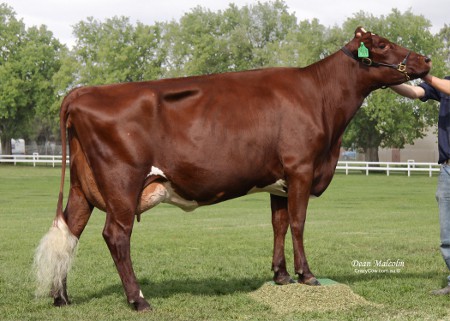Type the name of the breed you're looking for below
[wpdreams_ajaxsearchlite] Don't see the breed your're looking for? Click here and let us know!
Illawarra cattle
| Place of Origin | Australia |
| Origin | The word Illawarra is an Australian aboriginal word early settlers used, and is still used today, to describe the land some 50 miles south of Sydney, land locked between the Pacific Ocean and what was once a near impenetrable escarpment which rears abruptly to the west. With few natural harbors it remained unexplored and unused until a big drought in 1815, forced such settlers as Charles Throsby to seek new pastures. Even though the first land grants were made in 1816, it was not until the 1840s that dairying commenced as an industry, Cattle up till then were mainly raised for beef. Much of the land had cleared by the early settlers with the assistance of convict labor from the nearby penal settlement at Wollongong. All breeds types and colors of cattle had been introduced into the area. Cattle grants from Government and private herds reached the Illawarra. These included Longhorn Durhams, Shorthorn Durhams, Red Lincolns, Red Ayrshires and Jerseys. However, three members of the Osborne family from Northern Ireland had, since 1829, laid the foundations of a dairy industry, and in doing so, the evolution of the breed we know as (the Australian) Illawarras. They imported the best cattle, promoted the first Agricultural products, and dairy has remained an important Illawarra industry ever since. |
| Purpose | Dairy cattle |
| Appearance | Large framed cattle of a predominantly red colour, with some whites or roans (mix of red and white) . |
| Horns | Small horns. |
| Other Considerations | Illawarras are very docile cows that are noted for their longevity. They make good handling cattle for shows and are easy to work with in the dairy. Illawarras can stand weather exceeding 40 degrees Celsius and below 0 degrees Celsius. They make the most out of feed and don't need much supplementary feeding. This adaptability under a variety conditions has contributed to the growth of the breed. |



